Sleep has become the new frontier of luxury travel. From circadian lighting and sleep butlers to Ayurvedic rituals under starlit skies, the billion-dollar boom in sleep tourism transforms rest into an art form. These global retreats promise not just slumber, but renewal where indulgence begins the moment you close your eyes.
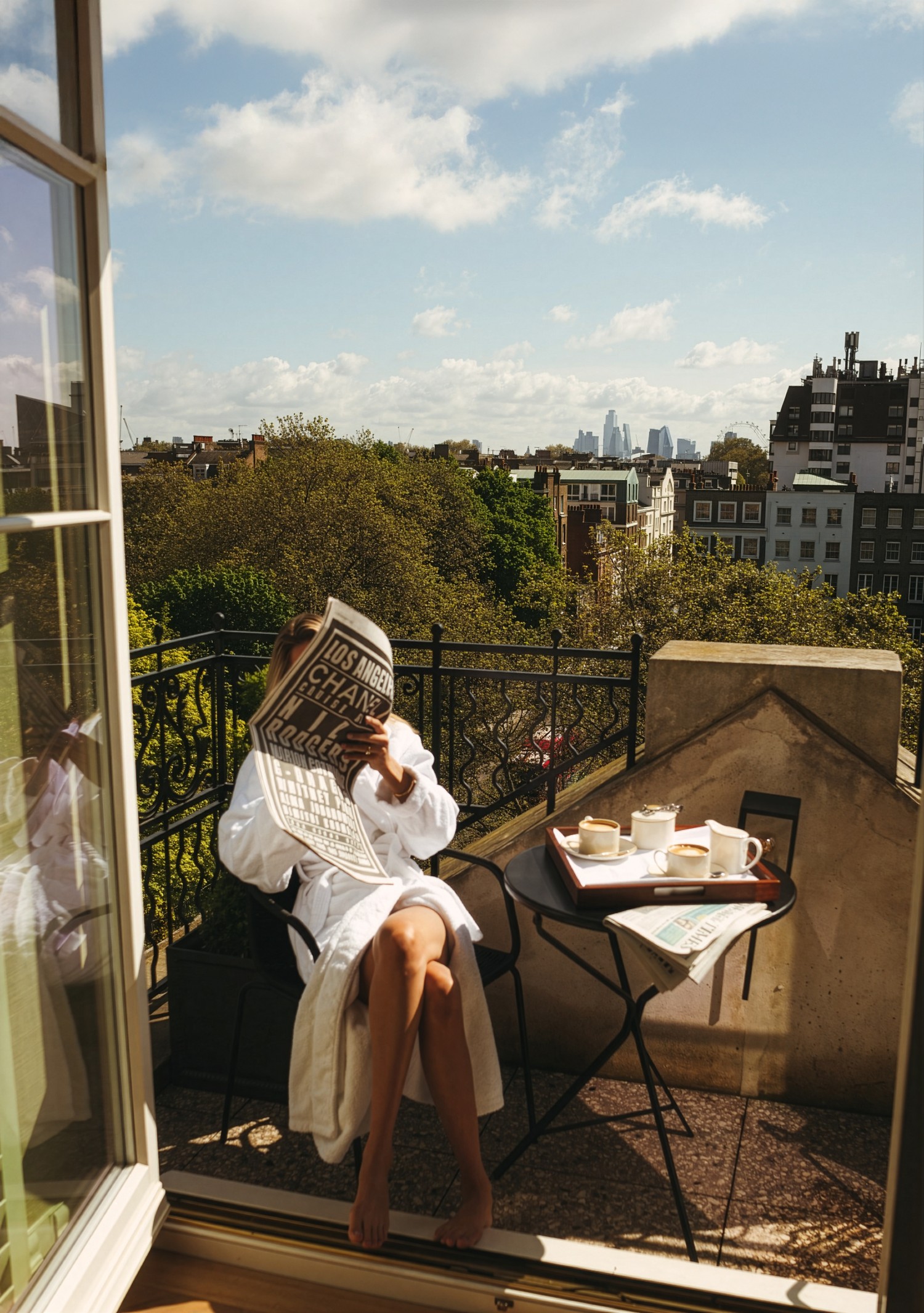
The Cadogan
The New Language of Luxury: Rest
In a world that never switches off, sleep has become both elusive and aspirational. Once considered routine, it is now the most coveted form of wellness a sanctuary from blue-light fatigue, relentless schedules, and restless minds. For the weary elite traveller, the concept of sleep tourism has emerged as a rare, indulgent form of escape.
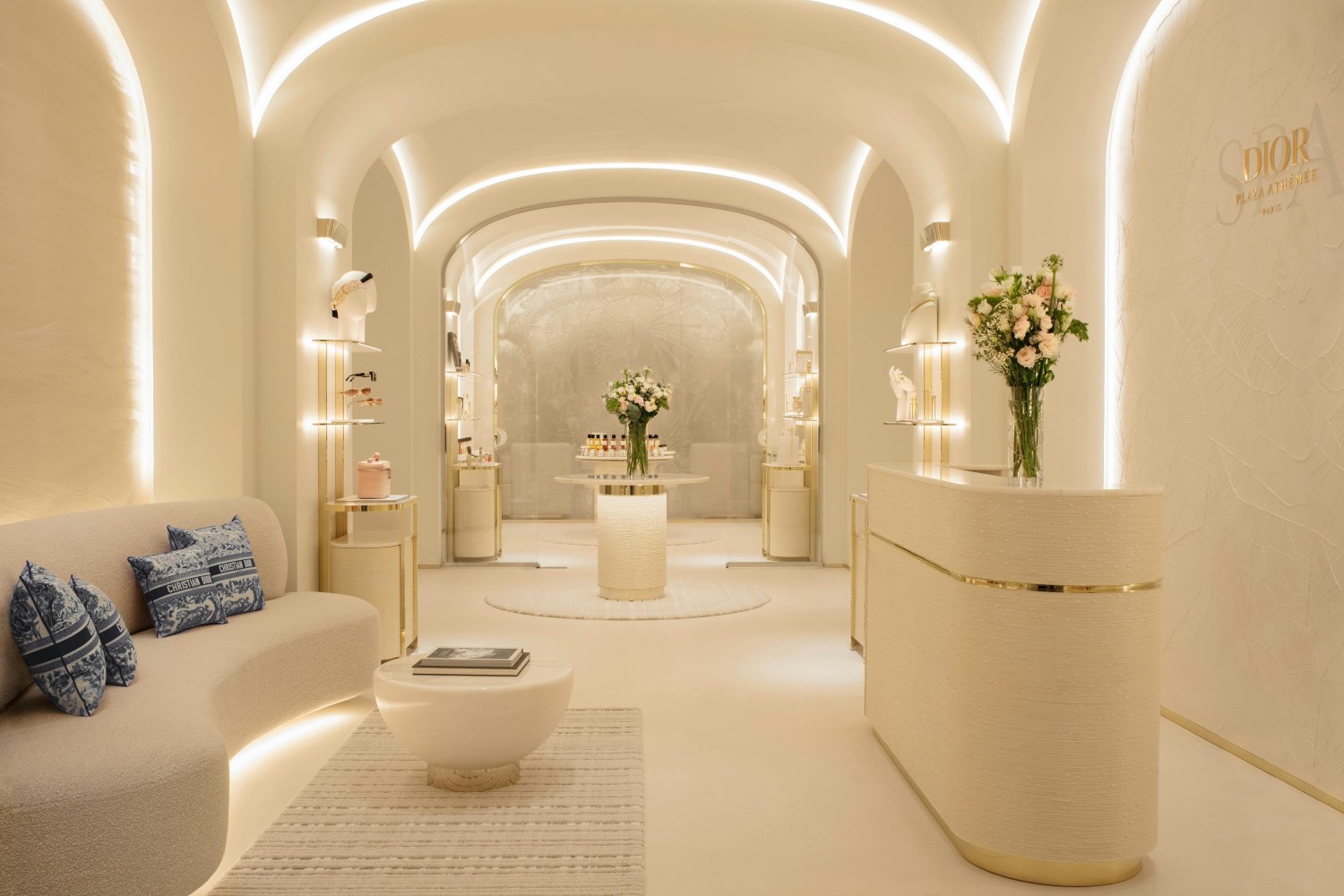
Dior Spa Plaza Athénée
No longer is a holiday defined by sightseeing itineraries or marathon dining sessions. Today, the most discerning journeys revolve around something simpler: slipping into the perfect bed, surrendering to curated rituals, and allowing the body to heal in silence. This is travel’s quiet revolution where dreams are designed, measured, and perfected.
Market analysts estimate the sleep tourism industry to be worth over USD 690 billion, with exponential growth predicted in the coming years. The pandemic’s legacy of burnout, coupled with society’s embrace of holistic wellness, has only amplified the allure. For luxury hotels and resorts, investing in the science of sleep is no longer optional it is the ultimate signature of care.

COMO Metropolitan Singapore
Rituals of Renewal
Sleep tourism spans far more than blackout curtains and weighted blankets. These retreats orchestrate multisensory journeys designed to recalibrate body and mind. At COMO Metropolitan Singapore, psychoacoustic soundscapes guide the brain into ideal sleep cycles. At London’s The Cadogan, a Belmond Hotel, a dedicated sleep concierge ensures every guest drifts away effortlessly.
Parisian elegance finds its rhythm at Dior Spa Plaza Athénée, where “Le Rituel Étoilé” uses light therapy to realign circadian rhythms. In California, Santa Monica Proper lulls guests with bedside Surya sound baths. Barcelona’s Mandarin Oriental layers aromatherapy, guided breathwork, and massage techniques into a sophisticated “Rest & Recharge” programme. Each property reframes rest not as passive, but as art.

COMO Metropolitan Singapore
Some have turned to collaborations with scientific pioneers. Equinox Hotels partnered with neuroscientist Dr Matthew Walker to redesign the sleep experience, embedding biometric technology into their rooms. Hilton, in collaboration with Calm, brings meditation, sleep stories, and soundscapes directly into suites, blending digital wellness with tactile comfort.
Global Sanctuaries of Sleep
The most immersive journeys are found in retreats where sleep is not just part of the package it is the very reason for travel.

Sleep with Six Senses
At Shanti Maurice, Mauritius, ocean breezes pair with magnesium therapies and pranayama breathwork, easing guests into slumber as waves break metres away. Nights dissolve into morning serenity through yoga and meditation rituals designed for profound rest.
Italy’s Lefay Resort & SPA Lago di Garda crafts sleep through acupuncture, Qigong, and thermal grotto pools blending science and serenity against the canvas of northern Italy’s lakeside beauty. Six Senses Resorts offer a global “Sleep with Six Senses” programme, beginning with sleep consultations and tracking analyses. From bespoke linens that regulate body temperature to midnight snacks aligned with circadian science, every detail whispers indulgence with intention.
In Queensland, The Reef House Adults Retreat collaborates with sleep scientists, offering private consultations, customised mattresses, and holistic rituals that retrain the mind and body to embrace deep sleep. Germany’s Lanserhof Sylt leads the field in medically integrated sleep retreats. Here, sleep is measured with heartrate variability tests and metabolic assessments, before programmes of relaxation therapy, cryotherapy, and education are tailored to each guest.
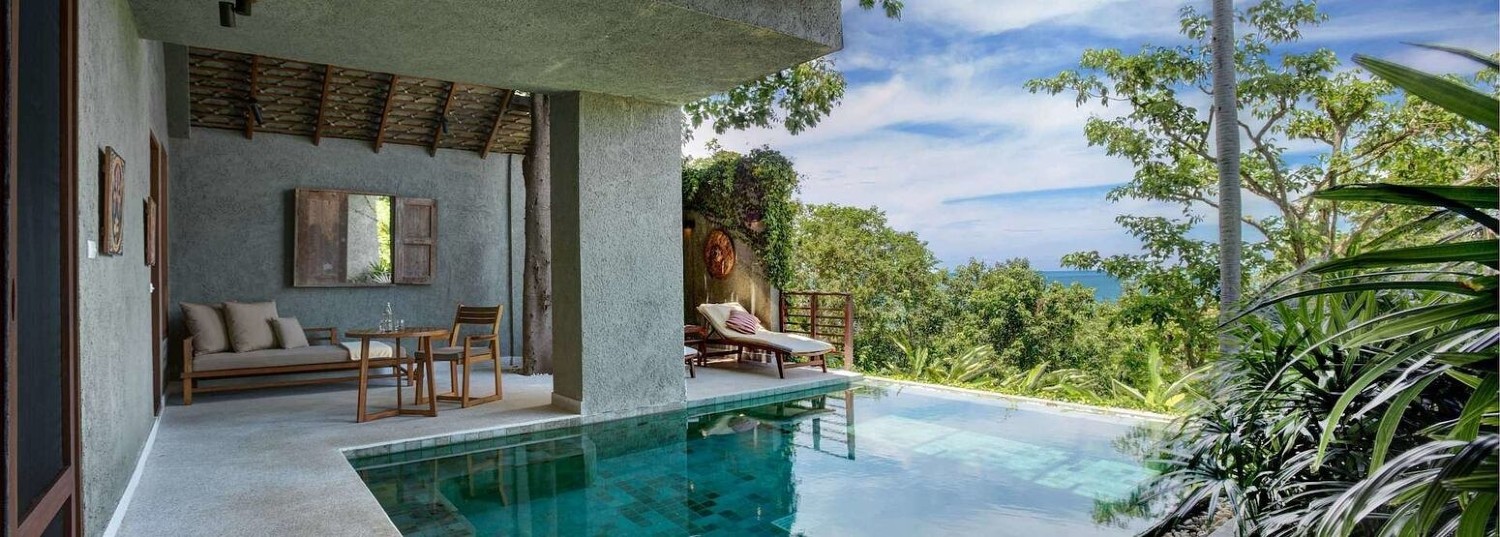
Kamalaya Koh Samui
Sri Lanka’s Anantara Peace Haven Tangalle blends Ayurveda with intimacy, offering treatments and practices that soothe the nervous system while inviting guests to connect with the rhythms of coastal life. Thailand’s Kamalaya Koh Samui leans into bioresonance therapy, Indian head massages, and meditative practices designed to rebalance the nervous system.
In Bali, Revivo Wellness Resort offers “Sleep Well & Reset,” blending modern science with traditional rituals from mandala colouring to sleep butlers. Across the Pacific, Carillon Miami Wellness Resort integrates cutting- dge technology. Beds adjust to the sleeper’s circadian rhythm while spa therapies combine infrared light, vibroacoustic treatments, and hydrotherapy circuits.
Thailand’s Chiva-Som Hua Hin pioneers a clinically guided sleep programme, complete with overnight monitoring devices and melatonin testing, before bespoke pathways are designed through nutrition, ritual, and natural supplements. The Maldives’ Soneva Soul crafts 7- to 14- ay programmes, combining flotation therapies, herbal baths, and circadian science. In its glassy waters, sleep is not merely encouraged — it becomes inevitable.
Sleep as the New Status Symbol
Luxury has always been about rarity, and nothing feels rarer today than rest. For high-net-worth travellers, sleep tourism offers the ultimate status symbol: not the busyness of constant motion, but the quiet privilege of pause. To indulge in a retreat where everything from architecture to aromatherapy — conspires to cradle you into perfect sleep, is to embrace a new definition of wealth.
Hotels have begun experimenting with immersive touches. Park Hyatt New York introduced dedicated “sleep suites,” complete with AI-adjusted mattresses and bespoke oil diffusers. Four Seasons Koh Samui added a “Secrets of the Night” ritual, using Tibetan singing bowls and lotus baths beneath the stars. At COMO Metropolitan Singapore, sleep devotees slip into neuroscience-driven SleepHub cycles designed to optimise brain waves.
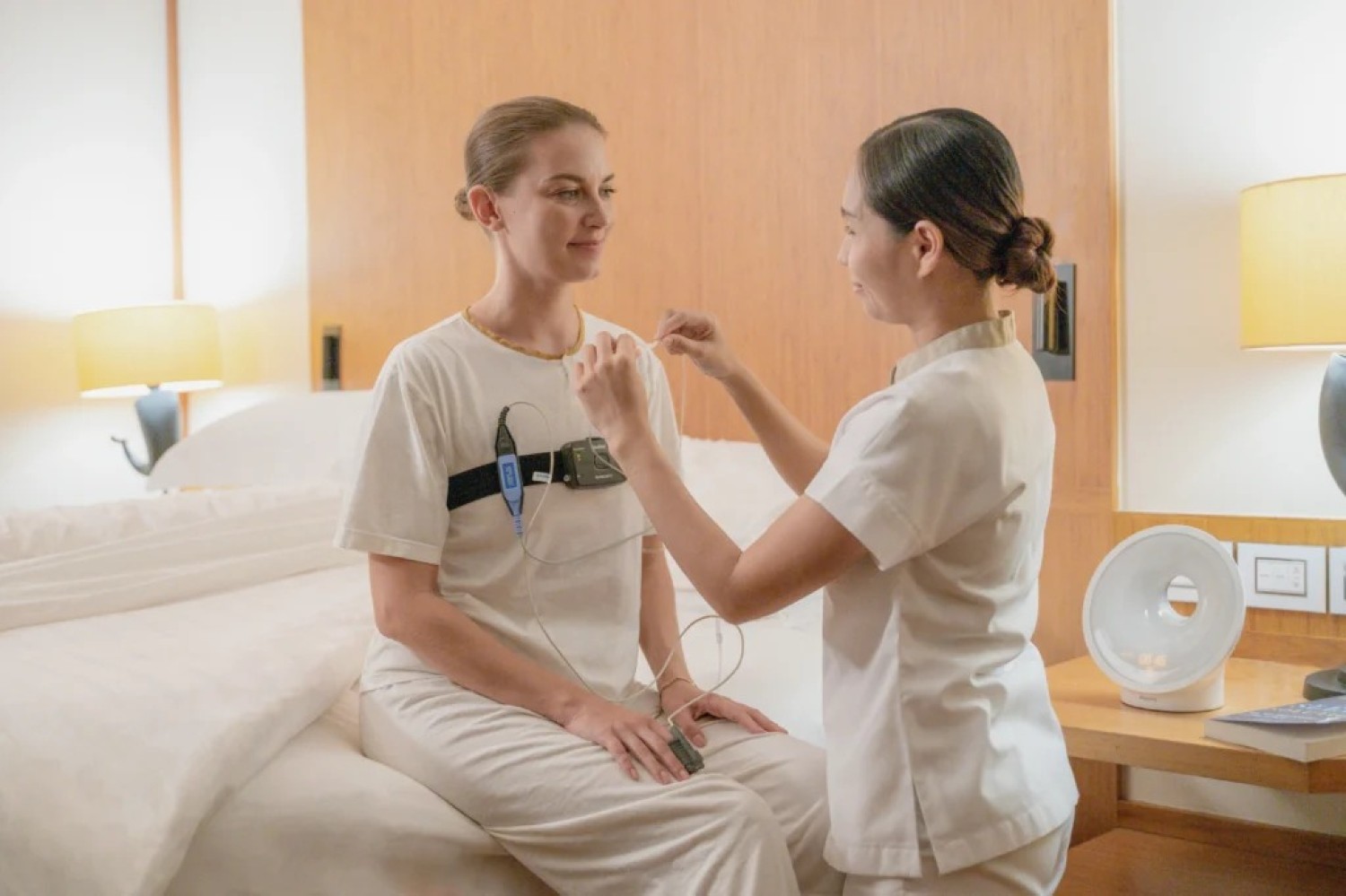
Chiva-Som Hua Hin
Meanwhile, SHA Wellness Clinic in Spain takes a medical approach, employing sleep experts to analyse overnight patterns before prescribing interventions tailored to individual needs. These retreats are less about escaping the world than about returning to it restored, recalibrated, and ready.
Why We Dream
The appeal of sleep tourism is not merely its indulgence. Neuroscientists remind us that sleep is when memory consolidates, immunity strengthens, and the brain cleanses itself of toxins. Inadequate rest rivals alcohol in impairing cognition. To invest in sleep is to invest in longevity, in clarity, and in the capacity to live fully.
As one of the fastest-growing sectors in wellness travel, sleep tourism reveals an essential truth: travellers are no longer content with fleeting pleasures. They are searching for sustenance, for rituals that linger, for experiences that enhance both body and spirit long after checkout.
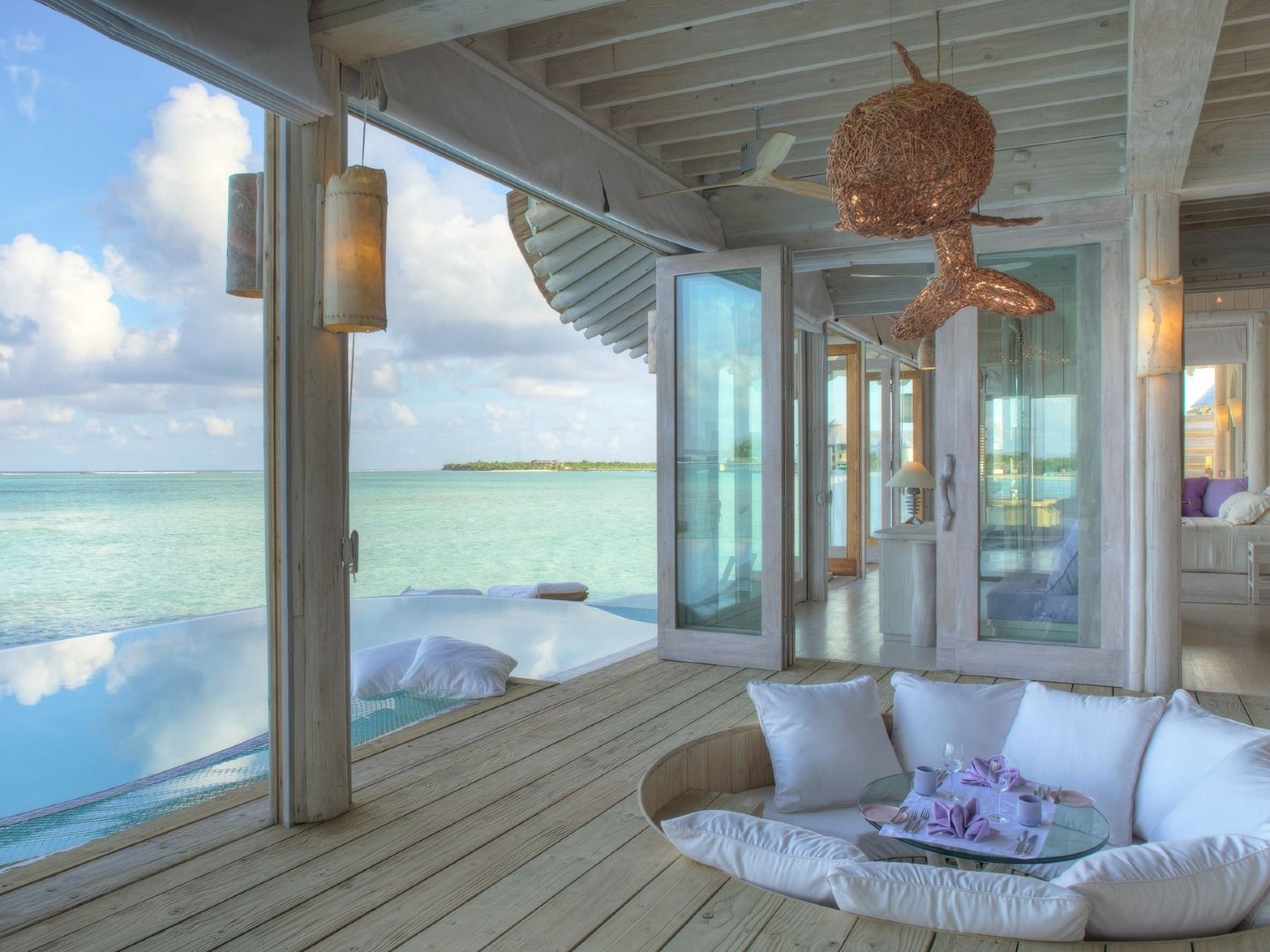
Soneva Soul
Closing Reflections
In the quiet of a dimmed room, wrapped in the scent of lavender and the sound of distant waves, sleep ceases to be an absence of activity. It becomes the activity itself — a form of luxury as rare as it is necessary. From the scientific precision of Germany to the ritual-rich landscapes of Asia, from beach sanctuaries in Mauritius to cutting-edge clinics in Miami, sleep tourism invites us to reclaim rest as an act of indulgence.
For those who wander the world in search of what truly sustains, perhaps the most extraordinary journey is not one of movement, but of stillness. In these sanctuaries of slumber, the greatest luxury is not found in the daylight but in the dreams that carry us through the night.